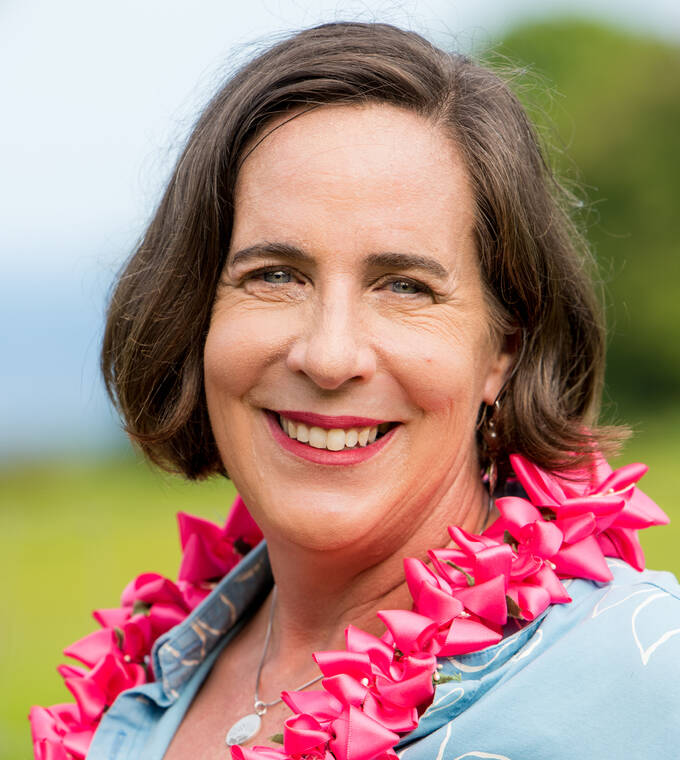Providing permanent housing with support systems and treating substance abuse problems in homeless individuals are the two top priorities for the use of some $10 million annually the county has devoted to homeless programs.
The priorities, set by a diverse group of community members led by OrgCode Consulting Inc., are part of a report called “Strategic Roadmap for Homelessness and Housing,” that the County Council Committee on Government Operations, Relations, and Economic Development will hear at its 2 p.m. meeting Tuesday. The 32-page report can be found on the County Council records website as Communication 986.
“It should be noted that in the final priority ranking from across all groups, two ideas were leaps and bounds ahead of the priority preferences of all other ideas,” the consultant said in the report. “The first idea clearly prioritized for the community is to add Permanent Supportive Housing and Permanent Housing with Supports. The second idea clearly prioritized by the community is to add Detoxification and Treatment Options for People Experiencing Homelessness.”
“No other ideas had universal support in the same way that these top two did across the entire community,” the consultant added.
The diverse group of 59 people were those who attended of the 144 community member invited to the all-day session last month. That included nonprofit service providers, business interests, people with lived experience of homelessness, philanthropy, housing developers, land owners and various government officials.
The council asked for the report and annual updates after approving a dedicated funding source from property taxes on luxury second and third homes.
“Everyone’s hungry for metrics and to make sure we’re getting bang for our buck,” said Hamakua Councilwoman Heather Kimball, who sponsored the resolution requesting the report.
Hilo councilwoman Sue Lee Loy agreed. Lee Loy had co-sponsored the legislation requiring the report.
“We can use this as a backstop to ensure we are moving the needle in the areas of homelessness and housing,” she said.
The tax on residential tier two properties, where residential properties are subject to additional tax for each thousand dollar of property value over $2 million, is expected to bring in $5 million to $50 million over the five-year life of the earmark.
Other priorities are housing, supporting and serving families with minor children, increasing supply of affordable housing generally, one-stop housing and services resource center, housing, supporting and serving individual adults and couples experiencing chronic homelessness and supporting the homelessness and housing support workforce in the nonprofit sector.
Rounding out the list of a baker’s dozen priorities were supporting people with special needs, expanding street medicine, providing storage solutions to people experiencing homelessness, technical assistance with housing development, improving transportation options for people experiencing homelessness and expanding bridge and interim housing options.




